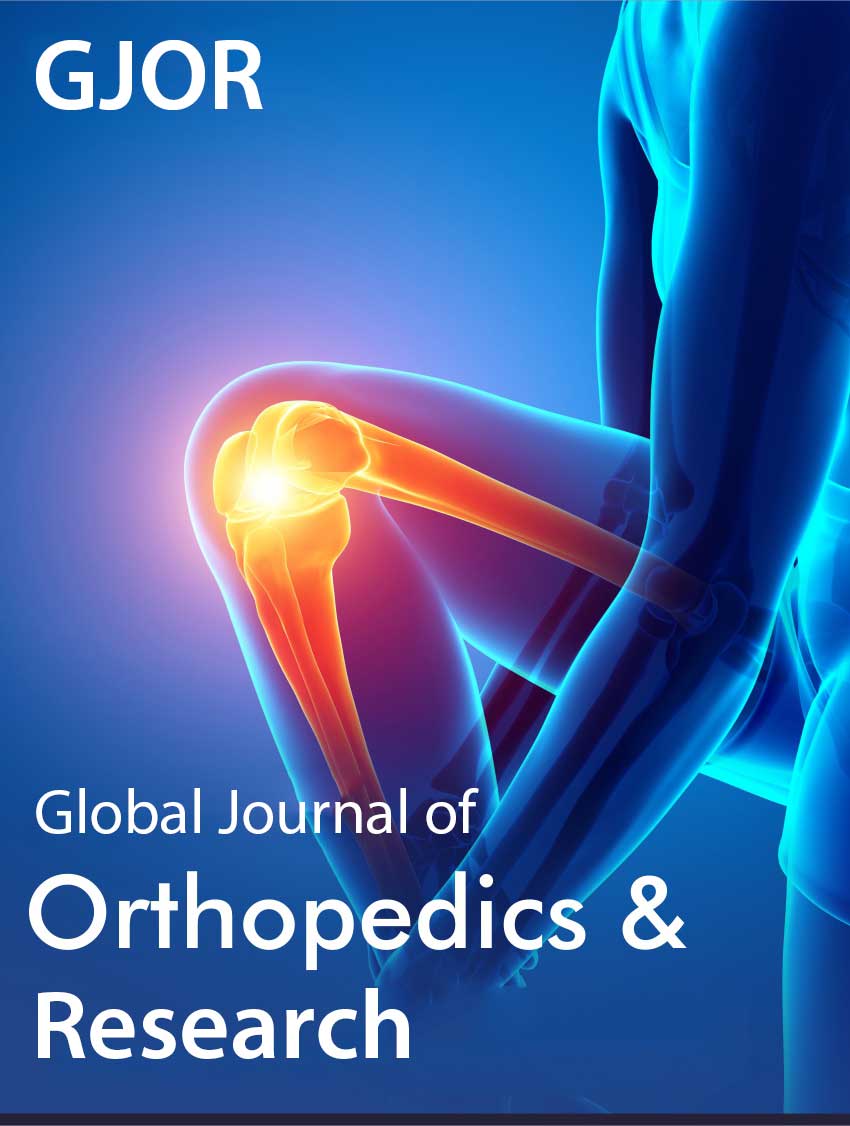 Research Article
Research Article
Patient Experience of Long-Standing Recovery Consequent to Surgical Management of Closed Fractures of Ankle: A Qualitative Study of Patient- Reported Outcomes in the Community
Sunil S Nikose1*, Devashree Nikose2, Aditya Kekatpure3, Kiran Saoji4, Sandeep Shrivastava5, Shashank Jain6
1Head of the Orthopedic Surgery and Traumatology, Rheumatology and Physical Medicine and Rehabilitation Services. FLS Unit. Hospital Valle de los Pedroches, Pozoblanco (Córdoba). Spain
2Head of the Orthopedic Surgery and Traumatology Service. FLS Unit. University Hospital of Santiago de Compostela. Associate Professor of Health Sciences. Surgery Department. University of Santiago de Compostela. Spain
Mesa-Ramos M, Head of the Orthopedic Surgery and Traumatology, Rheumatology and Physical Medicine and Rehabilitation Services, FLS Unit, Hospital Valle de los Pedroches, Pozoblanco (Cordoba), Spain.
Received Date: August 03, 2020; Published Date: September 02, 2020
Abstract
Core tip
Ankle fractures have been amongst the most widely recognized lower limb injuries treated by orthopaedic surgeons and most orthopedicians treat unstable ankle fractures as a surgical treatment [1,2]. Fractures in the ankle often lead to disabling ankle pain, muscle weakness, limited range of movements (ROM) in the weight-bearing ankle mortise, and difficulty in walking and climbing stairs [3-6].
Keywords: Fragility hip fracture; Morbidity; Mortality; Ortogeriatric comanagment care; Ortogeriatric unit
-
Manuel Mesa Ramos, Jose R Caeiro-Rey. Orthogeriatric units. They are really necessary. Glob J Ortho Res. 2(4): 2020. GJOR. MS.ID.000543.
-

This work is licensed under a Creative Commons Attribution-NonCommercial 4.0 International License.






